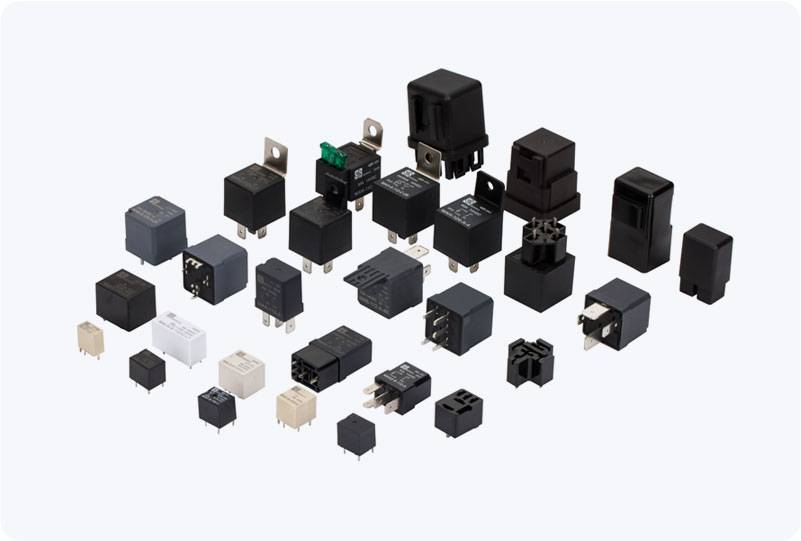high-power relay: the backbone of high-current switching systems
Release time:2025-08-27 04:28:35
High-Power Relays (HPR) are essential components in many industrial, automotive, and power systems. These specialized devices are designed to control and switch high electrical currents, often exceeding hundreds of amperes, by using a low-power control signal. In this article, we will delve into the working principles, applications, and significance of High-Power Relays in modern electrical systems.

What is a High-Power Relay?
A High-Power Relay is a type of electromagnetic switch that can handle high electrical currents and voltages. Unlike standard relays that are used for controlling low-power devices, HPRs are specifically engineered to switch heavy electrical loads. These devices are typically used in environments where large amounts of electrical energy need to be controlled, such as power grids, industrial automation, and electric vehicles.
Working Principle of High-Power Relays
The working principle of a High-Power Relay is based on electromagnetism. The relay consists of a control coil and contacts that carry the high-current load. When a current flows through the coil, it generates a magnetic field that either opens or closes the contacts, depending on the relay’s design. The control circuit, which typically involves low-power electronics, operates the relay by activating the coil, and this action either allows or interrupts the flow of high-current power through the contacts.

